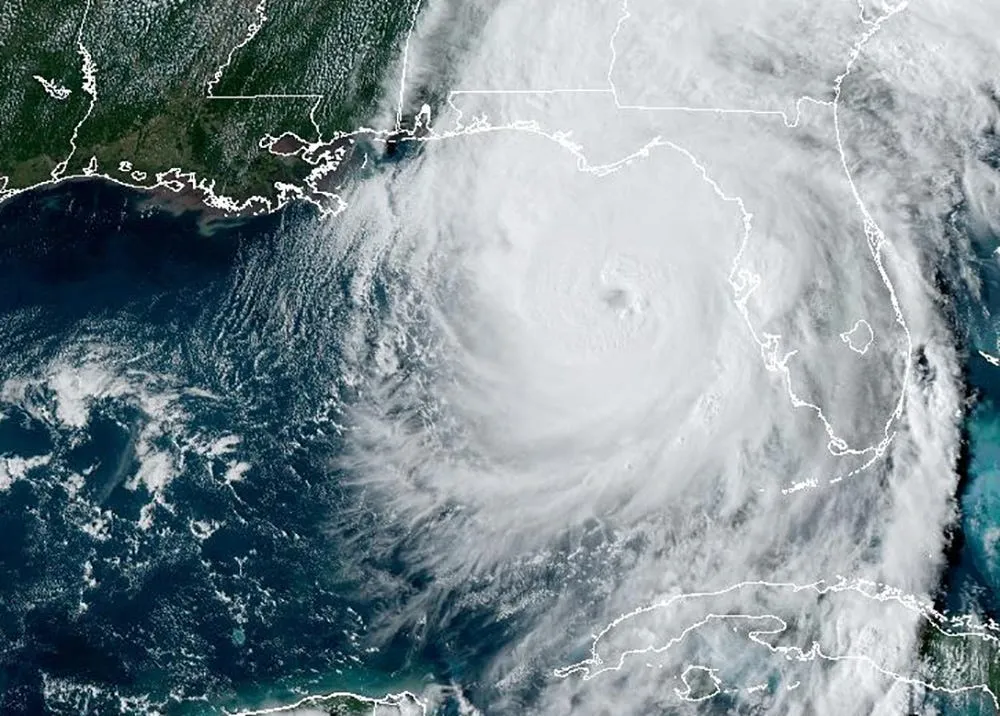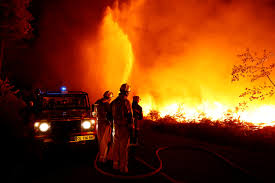
Mid stratospheric ozone thinning discovered
New Discovery of Mid Stratospheric Ozone Thinning Raises Global Climate Alarms
In a significant and concerning development for atmospheric science and climate stability, researchers have discovered a new pattern of ozone thinning occurring in the mid stratosphere, a region of Earth’s atmosphere that lies roughly between 20 and 30 kilometers above sea level. Unlike the well documented depletion of ozone in the lower stratosphere particularly over Antarctica during the annual "ozone hole" phenomenon this latest trend is happening at higher altitudes and across both hemispheres, suggesting a more widespread and previously overlooked vulnerability in Earth’s protective ozone layer.
The findings, revealed in a recent peer reviewed study led by atmospheric chemists and satellite data specialists, indicate that ozone concentrations in the mid stratosphere have been steadily declining over the past two decades. This was unexpected because ozone levels in the upper and mid stratosphere had been presumed to be recovering since the 1987 implementation of the Montreal Protocol, which phased out ozone depleting substances (ODS) such as chlorofluorocarbons (CFCs). The discovery now challenges long held assumptions and implies that factors other than banned industrial chemicals may be contributing to continued ozone degradation.
The ozone layer plays a critical role in shielding life on Earth from the sun’s harmful ultraviolet (UV) radiation. Thinning of this layer can lead to increased UV penetration, raising risks of skin cancer, cataracts, and immune suppression in humans, while also affecting crops, phytoplankton, and wildlife. While the Antarctic ozone hole receives seasonal attention, the thinning discovered in the mid stratosphere appears more persistent, year round, and globally distributed. Scientists warn that this trend could offset the gains achieved through international regulation, making it urgent to identify and understand the underlying drivers.
According to the lead authors, satellite instruments such as NASA’s Aura and European Space Agency’s Sentinel 5P have played a crucial role in detecting the thinning trend. By analyzing high resolution spectral data collected over the past 20 years, scientists observed a statistically significant drop in ozone between latitudes 30° North and 60° South in the mid stratosphere. Notably, this decline has occurred even in regions far from the poles and outside the influence of seasonal polar vortex dynamics, hinting at a broader, more systemic cause.
One of the leading hypotheses proposed involves climate change and the increasing concentration of greenhouse gases, especially carbon dioxide (CO₂). While CO₂ does not directly destroy ozone, it alters stratospheric temperatures and wind patterns, which can in turn impact ozone production and distribution. As CO₂ concentrations rise, the stratosphere cools, slowing down the chemical reactions that form ozone while speeding up those that break it down. This cooling effect may be shifting the delicate balance of ozone chemistry, particularly in the mid stratosphere, where solar UV radiation is strong but less than at higher altitudes.
Another contributing factor may be the increasing presence of water vapor in the stratosphere, which can enter through strong convective storms or from methane oxidation. Water vapor participates in catalytic cycles involving hydrogen and nitrogen oxides, which can deplete ozone even in the absence of chlorine based chemicals. Researchers also point to the potential role of geoengineering experiments and commercial aircraft emissions, especially from emerging supersonic travel technologies, as adding new stressors to atmospheric chemistry at these heights.
The implications of this discovery are far reaching. Policymakers and environmental regulators may need to expand the scope of ozone protection efforts to include not only the control of ozone depleting substances but also a reassessment of policies that impact climate change, aviation, and emissions of short lived climate pollutants. This could lead to tighter regulation of high altitude flights, new limits on methane emissions, and enhanced international cooperation in atmospheric monitoring. Moreover, the discovery underscores the importance of maintaining and expanding satellite observation capabilities to track changes in the Earth system more accurately.
For the scientific community, the new findings serve as a call to action. Research institutions are now mobilizing to deploy new models that integrate climate dynamics, stratospheric chemistry, and feedback loops involving aerosols and radiative forcing. The discovery also highlights the value of long term data continuity. Much of the existing understanding of atmospheric trends depends on datasets collected over decades if monitoring gaps emerge due to budget cuts or satellite malfunctions, critical changes like this could be missed until it’s too late to act. The coordination of global observing systems will be essential in developing effective responses.
In conclusion, the detection of mid stratospheric ozone thinning presents both a scientific challenge and a planetary warning. While past successes like the Montreal Protocol demonstrate humanity’s ability to confront environmental threats through cooperative policy and science based action, this new development reveals that the atmosphere remains under stress in complex and evolving ways. It reinforces the message that environmental protection cannot be static or overly focused on legacy problems. As climate change accelerates and human activities extend into new frontiers of the sky, vigilance and adaptability will be key to ensuring the long term integrity of Earth’s atmospheric shield.











